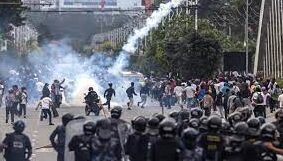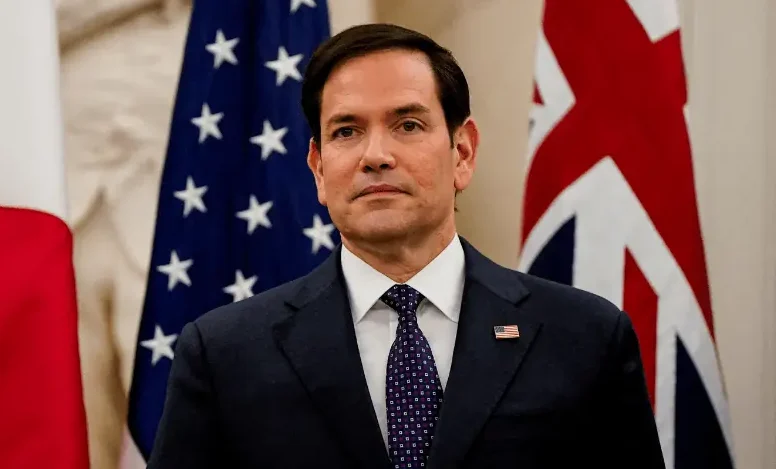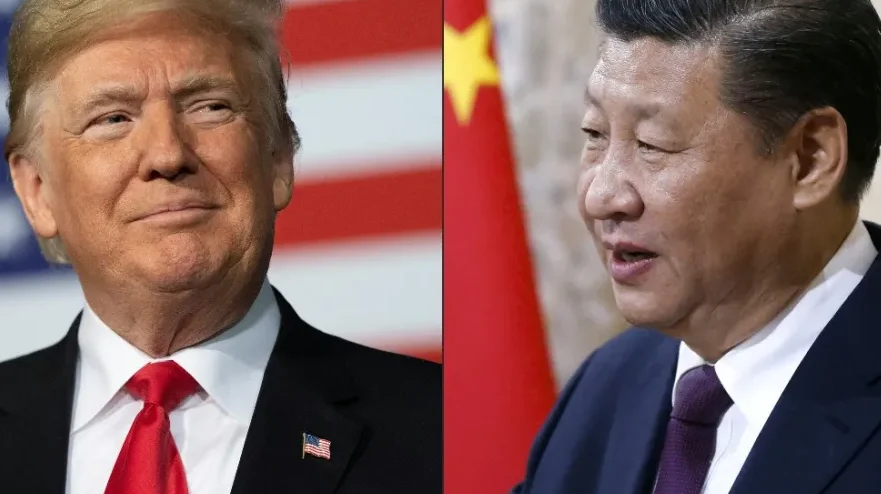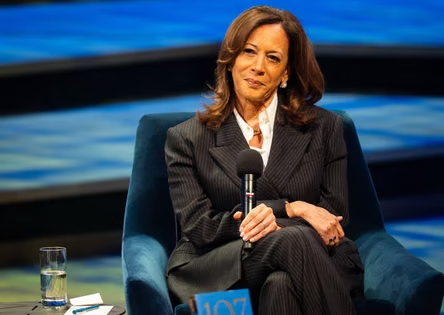“Everyone said it was rubber bullets. It was not rubber bullets. If you see my son, his head is smashed, there is a hole,” says Narendra Shrestha.
Shrestha wants to know who will take responsibility for his son Sulov’s death. Sulov was one of those killed during the violent unrest that swept Nepal last week.
The 45 year old sits outside the morgue at Tribhuvan University Teaching Hospital in the capital. He has already identified the body of his 21 year old son.
“I want to ask this country,” he says, wiping tears. “If they can shoot, if they can kill my son, then me and his mother will stand up. Who will we live for now? We want to die too.”
A female relative holds his hand. A man shields him from the hot sun with an umbrella.
Other families waited to identify young loved ones whose lives ended abruptly. One had wanted to become a judge. Another worked at a Kathmandu hotel. A third was studying French.
They were among more than 70 people killed during anti corruption protests that toppled the government earlier this week. More than 1,000 people were injured in two days of chaos.
The trigger was a social media ban on platforms like Facebook, X and YouTube. But anger at government corruption had been growing for weeks. When the ban was lifted late on Monday, September 8, protests swelled into a larger movement.
Crowds torched politicians’ houses and government buildings. They vented fury at the ruling elite.
Many of the dead were shot, and protesters and rights groups accuse police of firing on crowds. Others died in fires or in clashes with security forces. As authorities cleared rubble, the death toll rose.
Nepal police say they will investigate the two days of violence. It remains unclear who ordered security forces to fire.
Families such as the Shresthas waited outside the morgue, calling names and checking bodies.
Rask KC waited for the body of his 22 year old nephew, Rashak Khatiwada.
KC says Rashak was shot twice in the chest. He learned of the death by watching clips on social media.
That grief has turned to anger. Families now demand accountability.
“We want justice,” KC says.
The BBC spoke to more than a dozen relatives who lost family in the protests.
They described young lives cut short. Twenty one year old Subhash Bohora, who once dreamed of becoming a judge, was killed outside the parliament building by a shot to the neck.
Nineteen year old Ayush Thapa was studying French. He had wanted to join the British army and he disliked Nepalese politicians. He was shot in the chest.
Twenty two year old Abhishek Chaulagain worked at a hotel in the capital. He was shot in the forehead.
Ranjana Nepal, information officer at Kathmandu’s Civil Service Hospital, says the scale of injuries overwhelmed staff. “We have never faced a disaster like this,” she says.
The hospital treated more than 450 people in its emergency during the protests. Six of those patients died.
“Our hospital has worked for 17 years,” she says. “We handled earthquakes. This was worse.”
On the first night of protests, Dr Santosh Podhiel worked at Bir Hospital, a short distance from parliament. His team treated 173 patients in the emergency ward. Five died, and four remain in critical condition.
Dr Podhiel says he saw more than just rubber bullet wounds. He says patients had injuries from “high velocity rifle rounds.”
“We clearly saw two types of rounds,” he says. “Long rounds fired from shotguns, and small, sharp rounds fired from rifles.” Many patients arrived with multiple gunshot wounds, he adds.
The protests began late on Monday, September 8, when thousands gathered near parliament in Kathmandu. They rallied against the social media ban and wider frustration with the government. Many protesters described themselves as Generation Z.
Ministers say police used force, including water cannon, batons and rubber bullets.
The government said it failed to register harmful content locally. It argued that social media regulation was needed to fight fake news, hate speech and online scams.
Millions of Nepalis use platforms like Instagram for news, business and entertainment. Protesters accused the government of trying to silence them.
By Tuesday, violent crowds had set fire to government buildings in Kathmandu.
Parliament was burned, even though Prime Minister K P Sharma Oli had already resigned.
Nepal’s new interim prime minister, 73 year old former chief justice Sushila Karki, faces a difficult task. She must form a new cabinet and restore public trust.
She agreed to hold new elections on March 5, 2026. Her first real test will be the probe into these protests and whether her government can bring those responsible to justice. That includes anyone who shot protesters and those behind the widespread destruction.
“You are not allowed to shoot,” says 22 year old Abhishek Shrestha, who lies in bed at home and will need a month to recover. Metal rods stick out of his right leg through white and pink gauze, where he was shot.
“I am Nepali and they are not allowed to shoot me,” he says. “But they shot me. This is all because of the government, the police, the rules. We must change it.”
An investigation offers little comfort for Mr Shrestha as he mourns Sulov.
“Politicians will apologize,” he says. “An apology does not bring a dead son back to life.”






